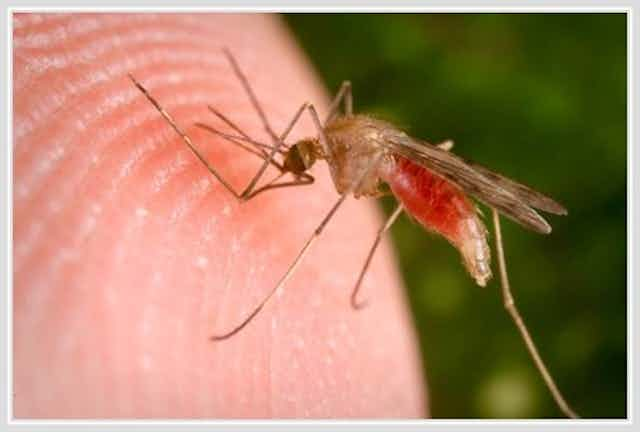Diseases don’t stop at borders. On World Malaria Day, this is especially important to understand and to consider.
We’ve been fighting malaria for decades, and yet it still claimed nearly half a million lives in 2015. About 70 percent of malaria deaths were in children younger than five.
Malaria is not just a disease that happens “over there.” Without continued leadership from the United States, diseases like Zika and malaria will weaken public health throughout the Americas, including in the U.S.
The U.S. has been a leader in advancing global health, but recent policy recommendations will erode efforts to combat these threats. As a public health physician, former policymaker and president of a comprehensive research university, I am increasingly concerned about these shifts.
Funding cuts jeopardize Americans and our neighbors
The first potentially damaging shift is that the U.S. administration has proposed drastic cuts to the United Nations, its agencies and global health programs on the front lines of fighting disease. Walking away from these investments not only hurts communities abroad, it puts the health of Americans at risk. We need a fully funded U.N. so it can carry out its vital work in coordinating the response to pandemics, stopping preventable diseases and addressing global health emergencies.
A second move could further harm health in coastal communities, both in the U.S. and globally. A recent executive order proposes to roll back domestic efforts to combat climate change, even as its environmental and health impacts grow. The people of Miami, Florida are sadly aware of the risk of rising sea levels on their homes and businesses. Less understood is the major impact that climate change has on many diseases.
A recent report from the U.N. Intergovernmental Panel on Climate Change found that weather extremes contribute to the risk of mosquito-borne illnesses. Our warming planet is exposing more and more people to disease-carrying mosquitoes, which are migrating to higher elevations as temperatures rise.
University of Miami Professor Douglas O. Fuller, an expert in remote sensing, is documenting the alarming distribution patterns of mosquitoes across the globe. He observes, “As climate changes and tropical bioclimatic zones shift upslope to replace temperate zones, a lot more people will be exposed to disease.” (You can read more about this global impact in the University’s Climate Change Special Report.)
Diseases continue to cross borders
The Americas are increasingly vulnerable. Risk for intense weather events is increasing, and with it, the possibility of a broader natural habitat for disease-spreading mosquitoes.
From 2015-2016, a particularly strong El Niño put Colombia in peril: malaria cases reached 83,356 during this period – almost twice as many as in 2014. In November 2016 Hurricane Matthew struck Haiti, and malaria cases reached 21,430 – almost 20 percent more than in 2015.

This year, El Niño Costero hit Peru, flooding towns and putting over 672,000 people at risk of dengue, chikungunya, Zika and malaria.
Together we can end malaria for good
There is, however, reason for hope. We know that when the international community mobilizes, we see results. In the last 15 years, targeted investments have strengthened health systems for malaria prevention, control and elimination.
New strategies are now being developed as part of a Centers for Disease Control and Prevention-funded collaboration with four Florida universities, including the Univerity of Florida, the University of South Florida, Florida International University and the University of Miami. Led by the University of Florida, the Southeast Regional Center of Excellence in Vector-Borne Disease: The Gateway Program will help prevent the spread of Zika and other vector-borne diseases in the U.S. and, ultimately, the globe.
Here at UM, Professor John Beier will lead UM’s component of the five-year project that will build on research to develop new mosquito control strategies in Africa and Latin America.
From 2000-2014, the Americas reduced malaria cases by 67 percent and deaths by 79 percent. We are close to eliminating malaria in the region, but according to the Pan American Health Organization, more than 132 million people remain at risk of mosquito-borne illnesses.
Worldwide, mosquito-borne illnesses such as malaria pose serious threats, with an estimated 222 million people infected in 2015.
Malaria not only kills but also prevents economic growth. In endemic countries, malaria can account for as much as 40 percent of budgets for public health. This leaves poor countries at continued risk for other debilitating and deadly diseases.
On World Malaria Day, it is important to know malaria’s reach – and to understand that the fight against this disease must reach across the borders of nations, just as the mosquitoes do.

